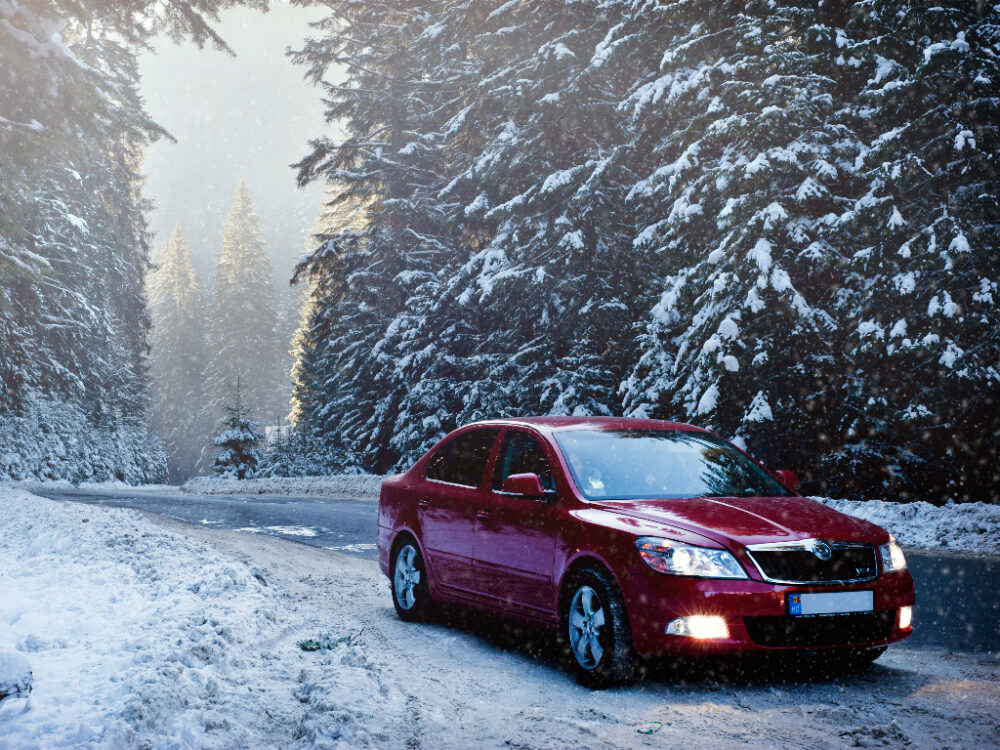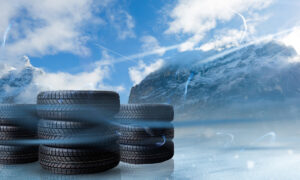Winter is coming very soon, but the days are already getting colder. Before the first snow falls, you need to have time to prepare the car for frosts. Any driver should know how to help a vehicle survive the cold season with minimal losses. Check out our tips to find out how to make driving safer in winter.
Safety on the road at any time of the year is not the easiest task, and in winter the risks seriously increase. The first thing you need to take care of is good tires. Driving on summer tires on slippery roads can be too dangerous because the vehicle will not be stable enough. It is better to change the rubber in advance so that the car does not drift to the side on sharp turns.
In addition, check every day before the start of the trip whether the tires are well inflated. No one wants to stand somewhere on the side of the road and wait for help if you have a flat tire. It should also be taken into account that tire pressure can vary significantly due to the cold air temperature outside the vehicle.
Try to evaluate your driving style objectively. If in summer you can sharply maneuver or brake in front of traffic lights, then in winter it is better to forget about this habit. You need to learn how to smoothly press the gas and brake pedals so as not to lose grip on the road surface. It is important to always remain calm and not give in to panic when you pass a dangerous section of the road. Try to maintain a constant speed and not accelerate unless absolutely necessary, this will help you avoid collisions and other unpleasant situations.
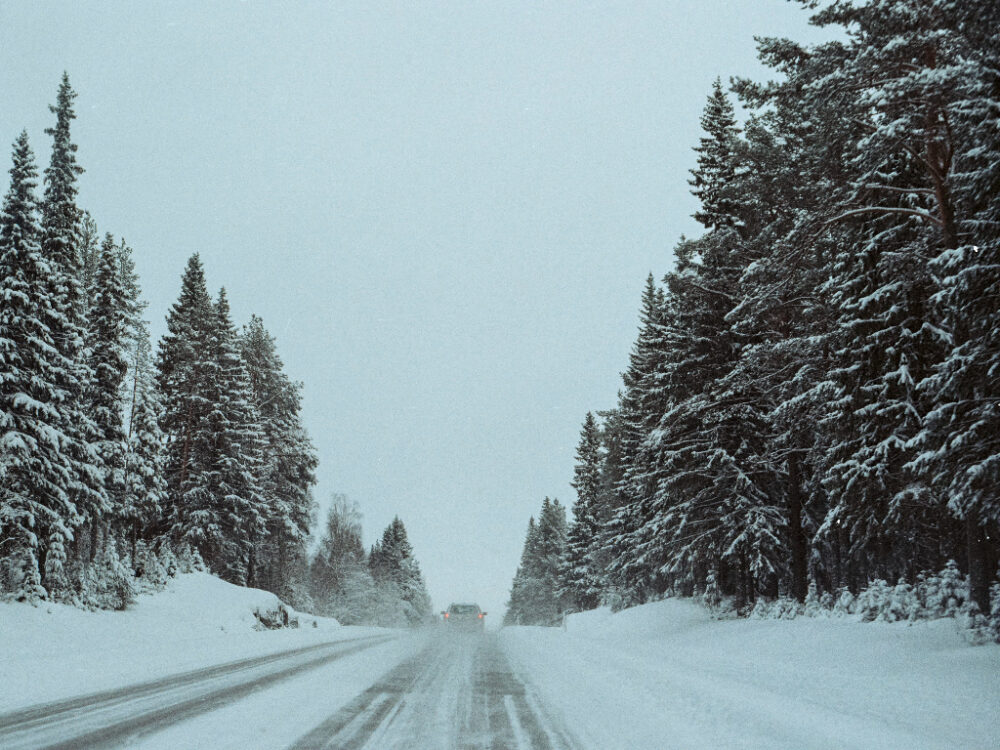
Source: piqsels.com
Another piece of advice is quite simple, but many drivers forget about it. In snowy and cloudy weather, never lose concentration while driving. You should not be distracted by phone conversations, radio, or other factors. It is important to notice any change in the situation in time. Since the braking distance of the car always increases in winter, it is necessary to react in time to the obstacles that have arisen.
Do not forget about the technical condition of the vehicle. In winter, metal parts of cars are constantly in contact with liquids, snow, and various chemical reagents, so they are susceptible to corrosion. There is a possibility that in three cold months your car may turn into a rusty pile of metal. Try to check your vehicle carefully in the fall to find the parts that need to be replaced. To find out if there has been any serious damage to the main parts of the car before, click here to use the vin check and evaluate the current condition of the car.
Even though you may have gotten used to this handy feature, we strongly recommend that you don’t use cruise control. In addition to snow and ice, early twilight is an inconvenience on the road in winter. In such conditions, it is easy to lose alertness and get distracted, and this is absolutely impossible to do. Most accidents in winter occur due to the inattention of drivers who are simply distracted from the situation on the road.
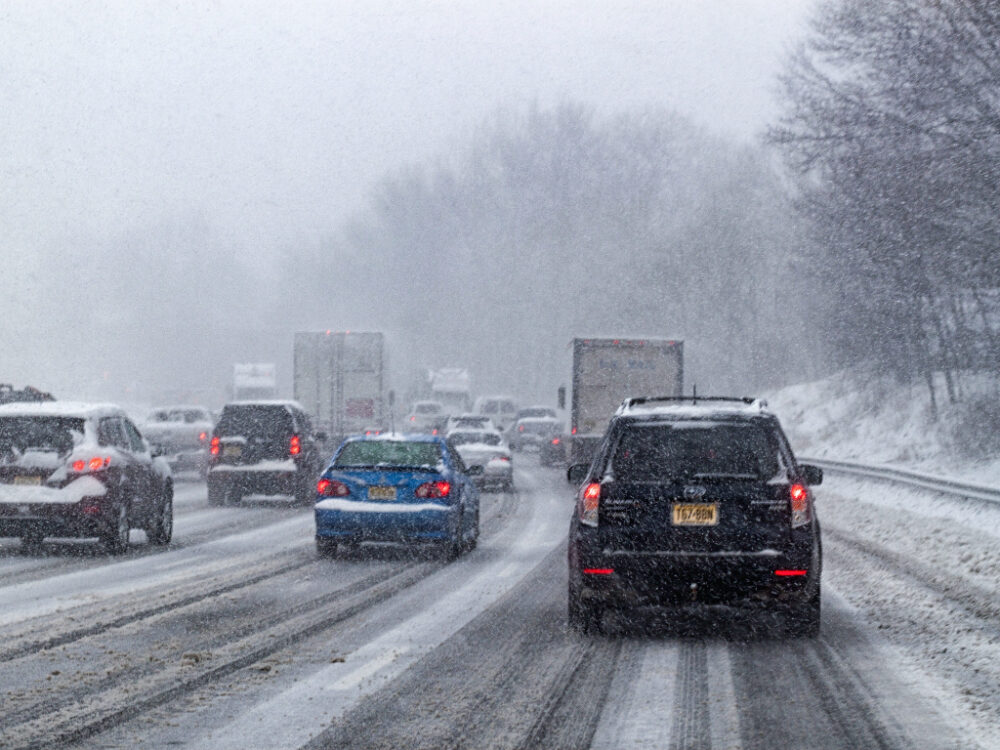
Source: piqsels.com
Always keep a safe distance from the nearest cars in front and on other lanes of the road. Additional space between you will not be superfluous, especially if you have to resort to emergency braking. Also keep in mind that on a snowy day it is always harder to notice a pedestrian in advance, and therefore any driver can slow down at the very last moment. To avoid accidents, try to stop in advance if you see pedestrians or animals crossing the roadway.
You may have to wake up a little earlier in winter to have time to clean the car before the trip. In any case, you need to remove the snow from the windows. If an ice crust has formed on them, you may need even more time. Buy a convenient brush with which you can speed up the cleaning process. In addition, you need to make sure that the wipers work properly. There is nothing worse than driving on the road in a heavy snowfall when visibility degrades due to a coat of snow on the windshield.
Another necessary piece of advice is to plan a safe route in advance. You need to reduce the number of dangerous areas where you have to drive. For example, it is better to spend more time at a traffic light, but not to cross a bridge or a steep descent. Such places are dangerous because they are covered with ice very quickly, and are cleaned, on the contrary, too slowly. If you are approaching bridges or overpasses, slow down in advance so that your vehicle does not suffer from ice.
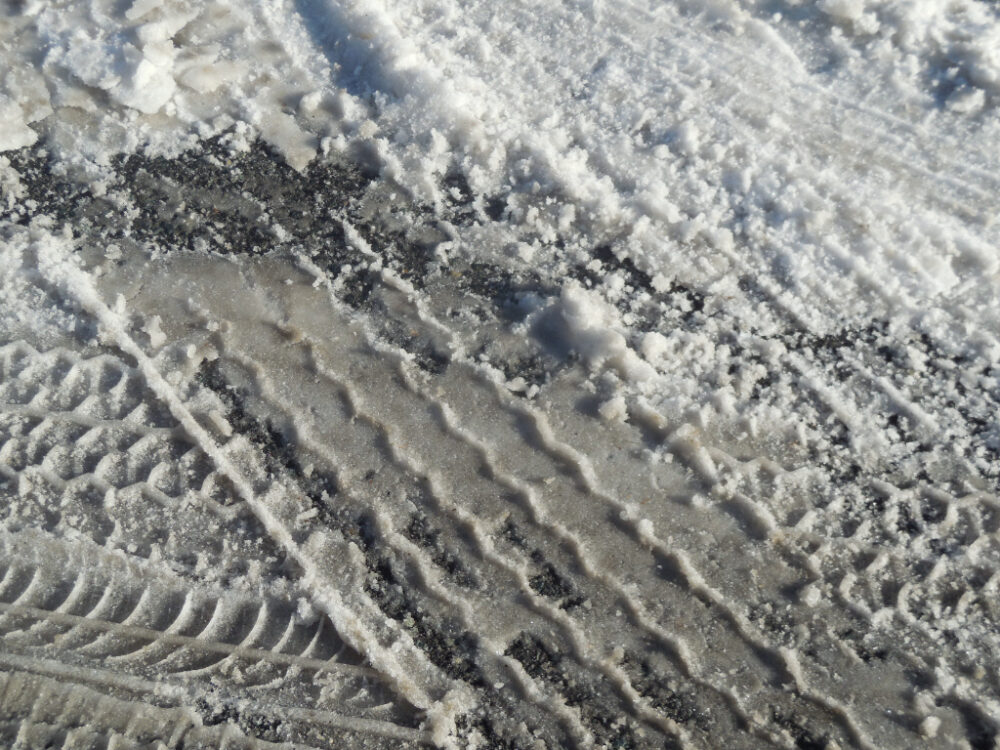
Source: piqsels.com
If you are afraid that your car may not be able to withstand trips in severe frost, always carry an emergency kit in the trunk. It will come in handy if you get stuck somewhere on a country road on a cold night. You should have warm gloves and a good blanket, energy bars or other protein food, a supply of water, or a thermos with hot tea. You may also need a shovel, flashlights, and tools for quick repairs.
The last tip is to reduce the number of optional trips during the winter season. Allow your car to stand in a warm garage if the trip can be canceled or rescheduled for a warmer day. Then in the spring, you won’t have to spend a lot of money on repairs.
In general, keep in mind that road safety in winter depends on the care and caution of drivers. It’s not the time to arrange a high-speed race if the roads are covered with ice and snow. Observing simple precautions, you will feel comfortable while driving even on frosty days. In addition, the serviceability of your car will not be at risk due to difficult weather conditions.

